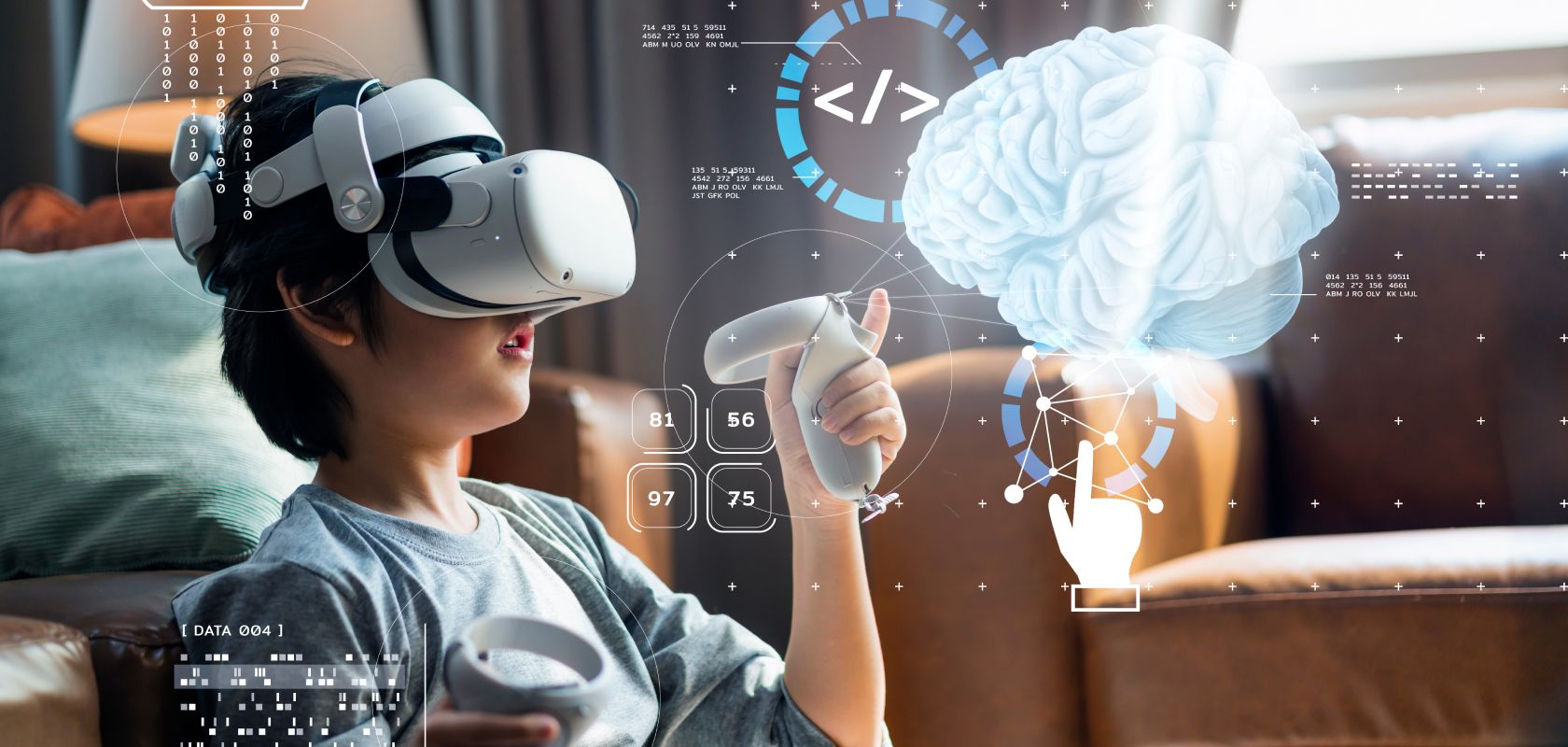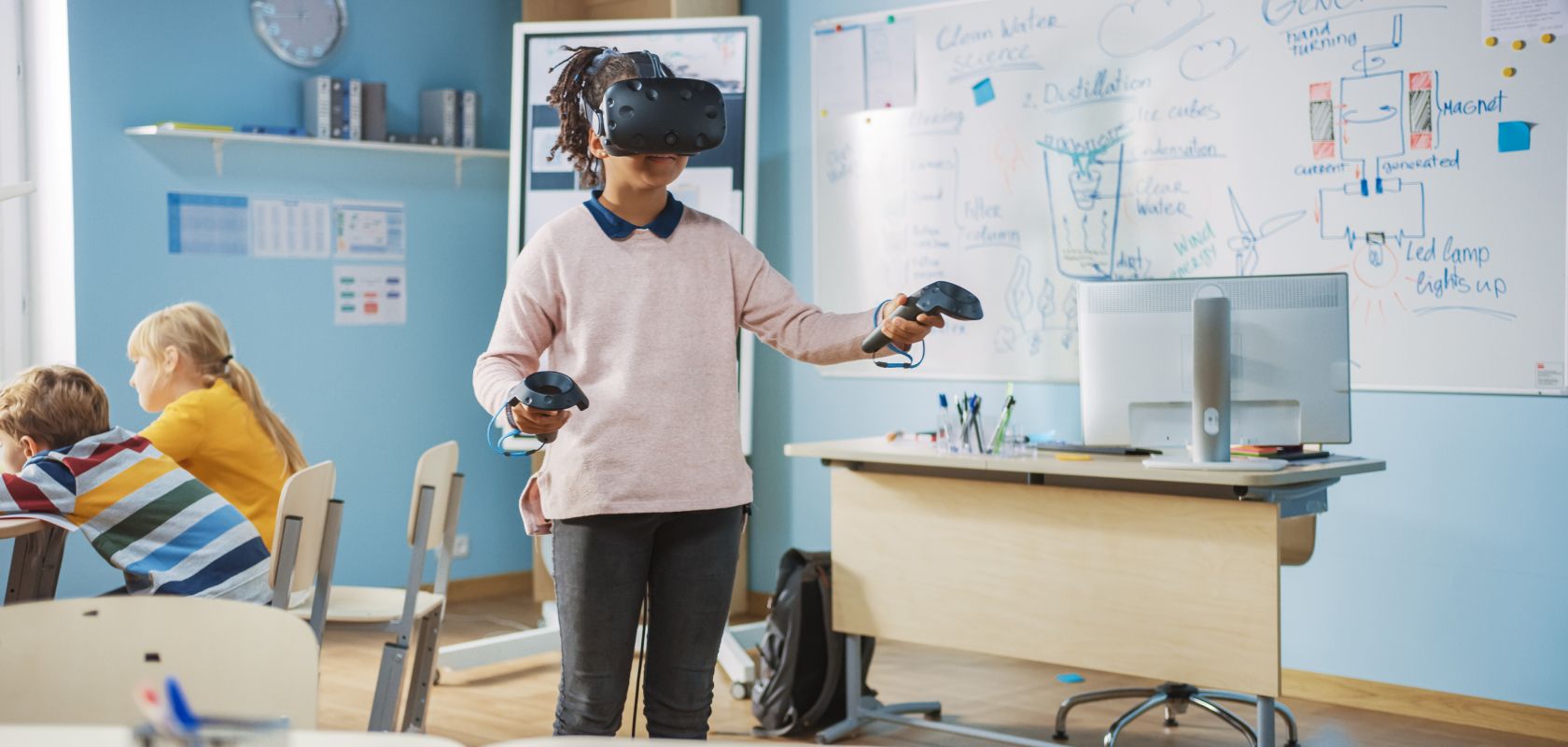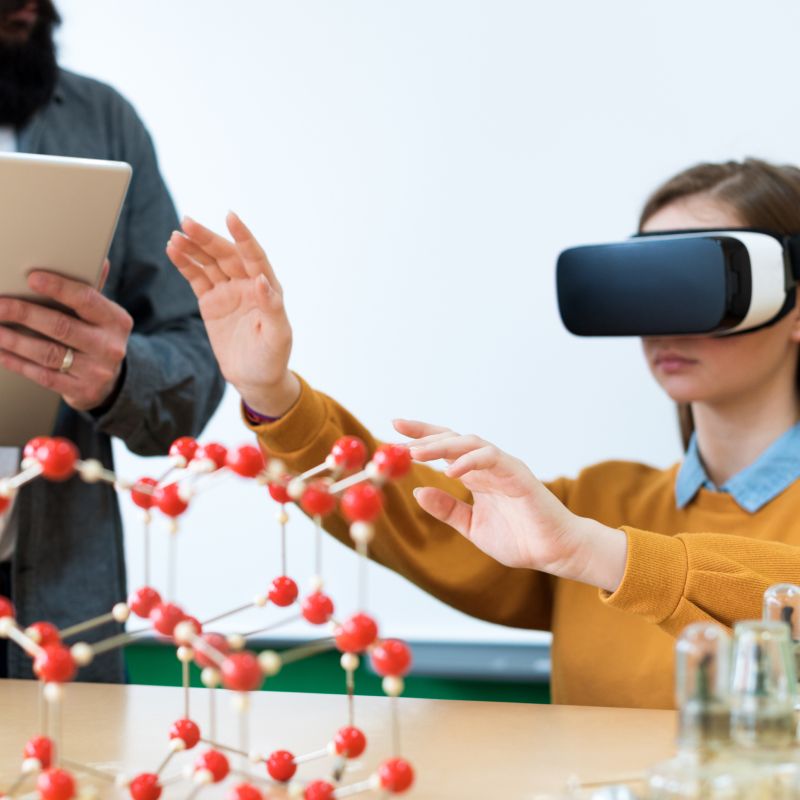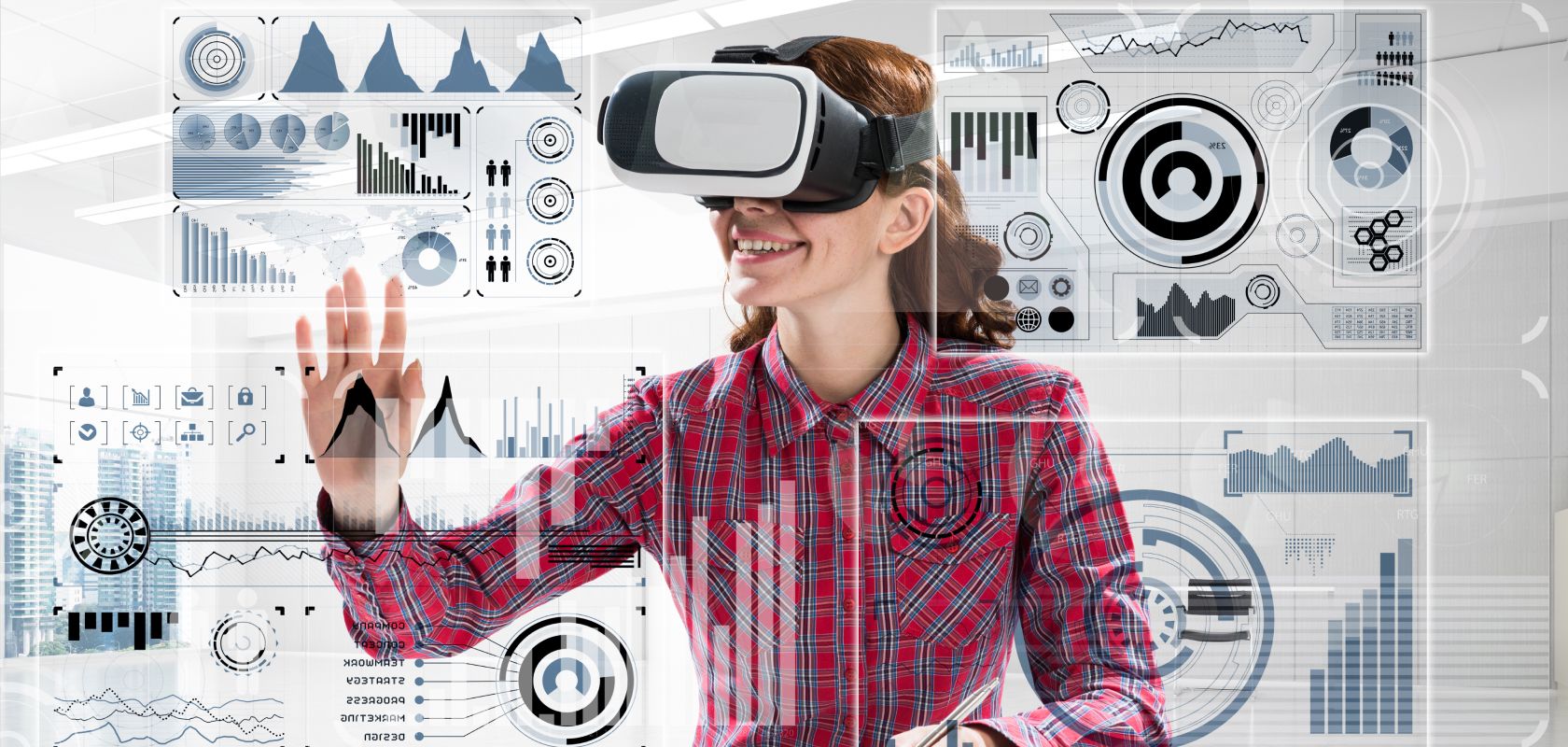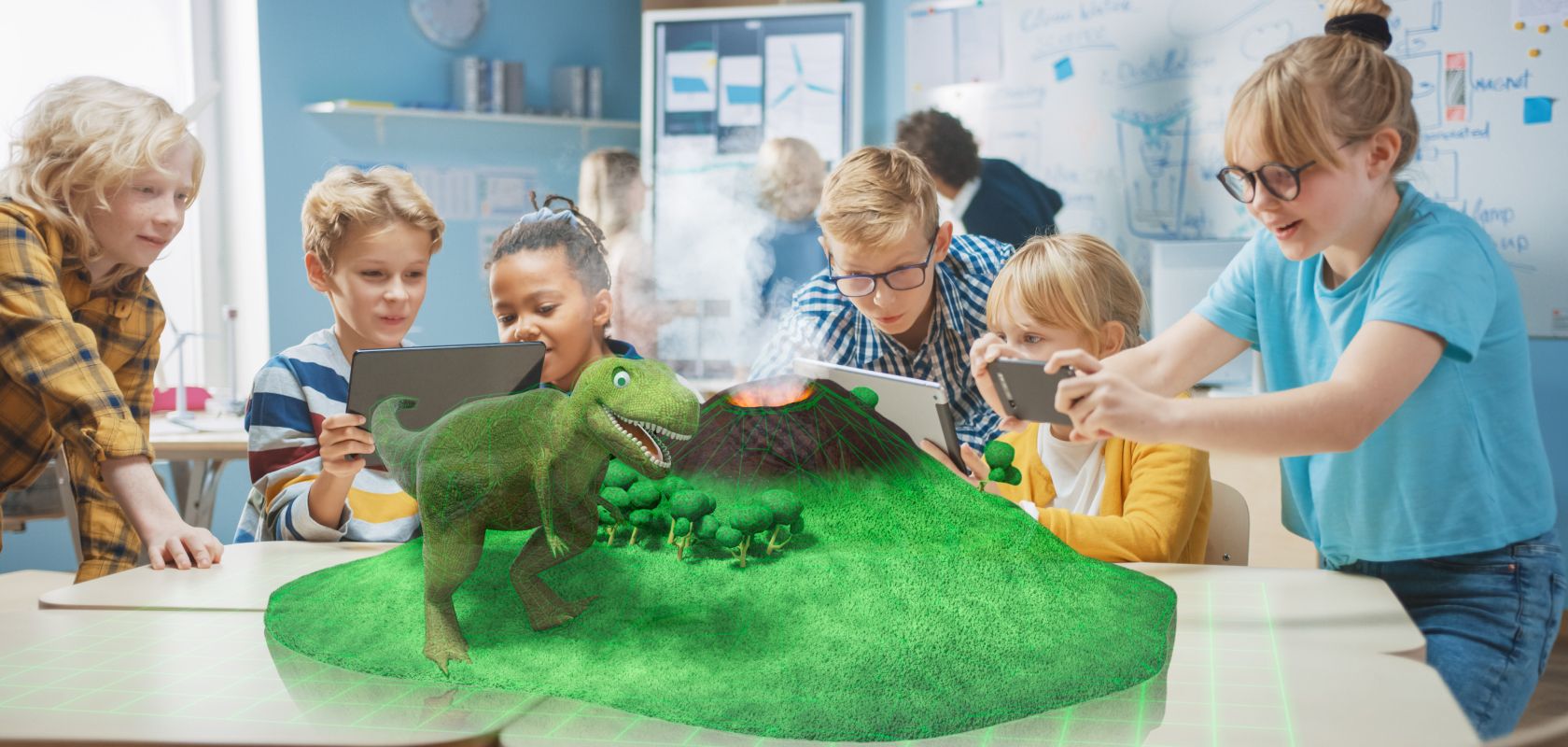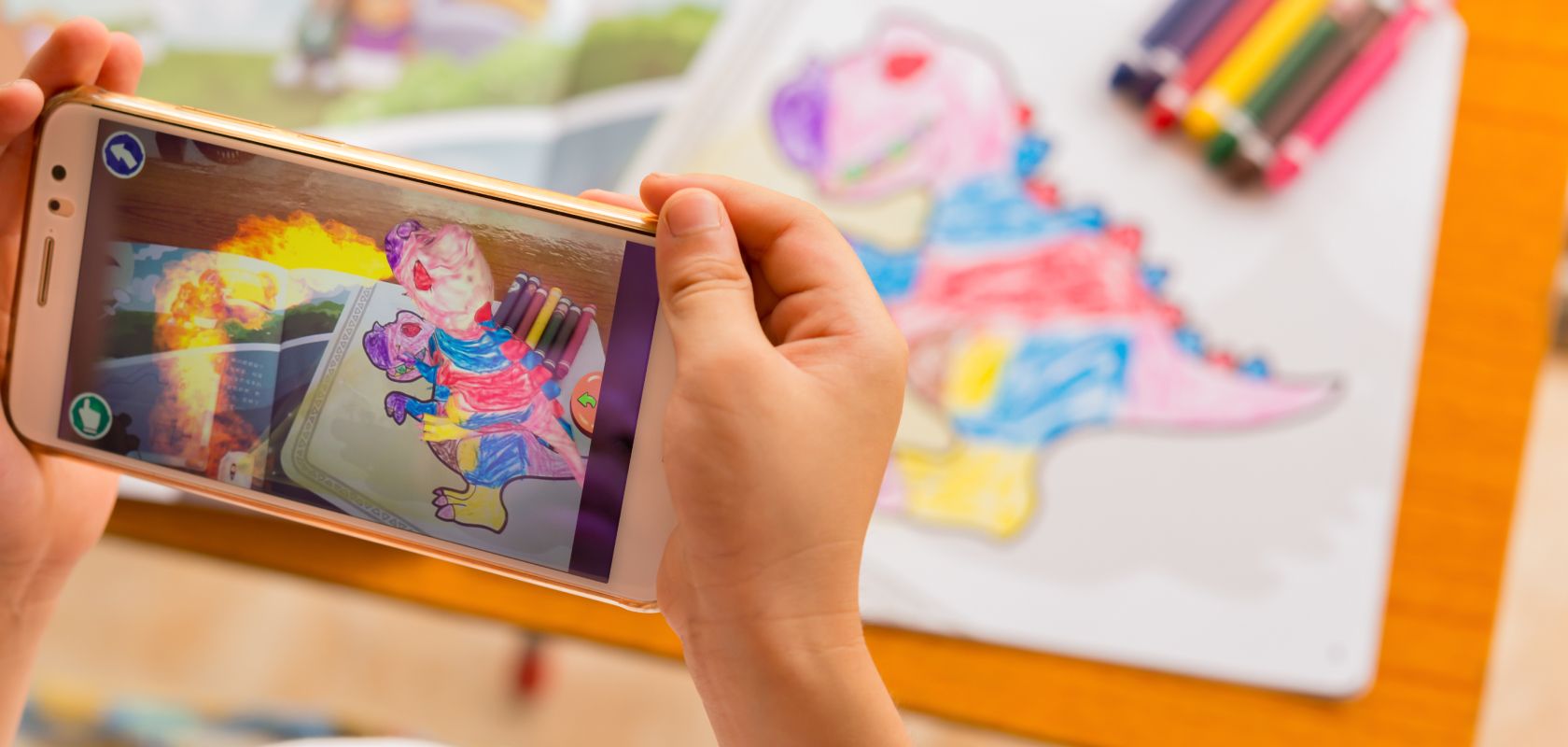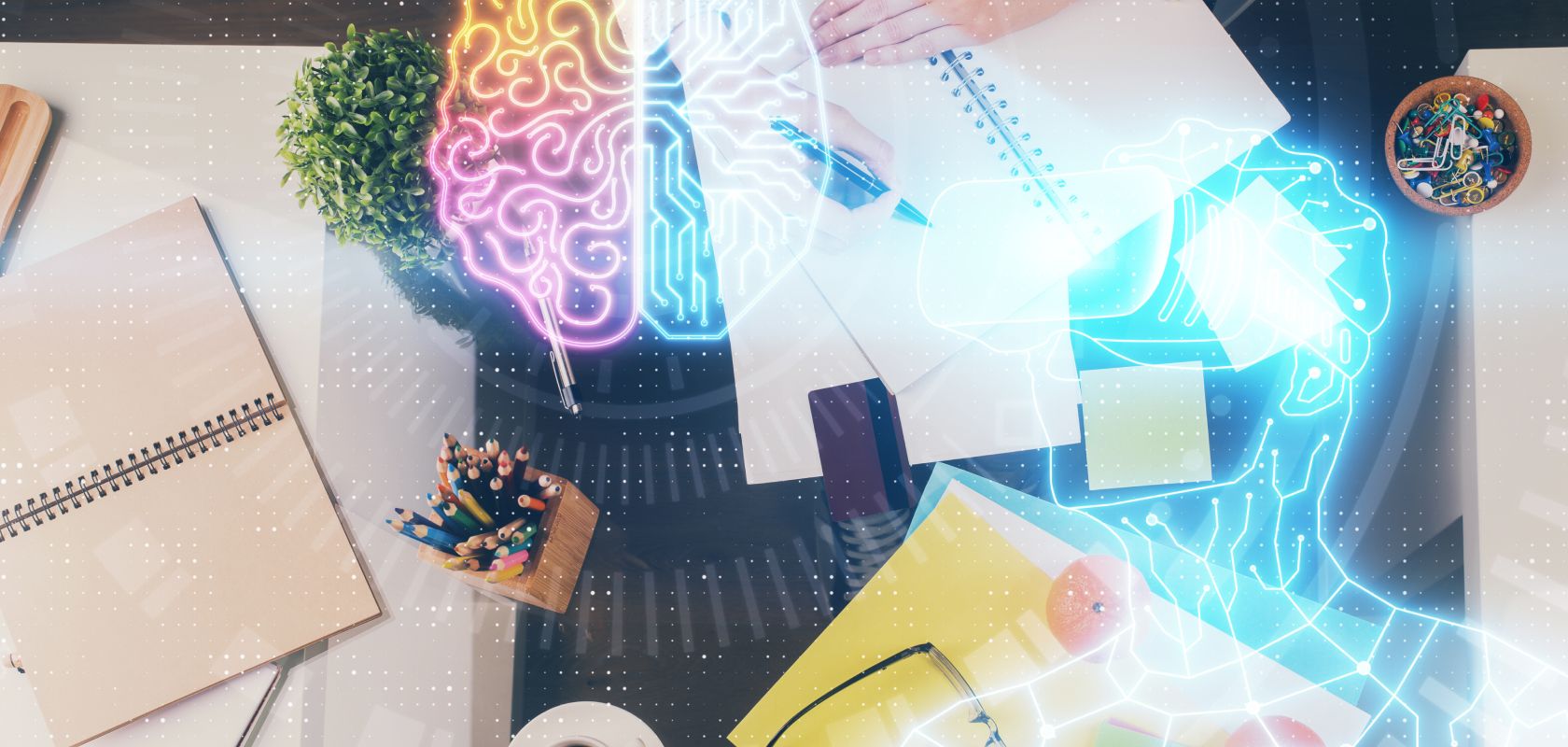EDUCATION
Virtual Reality, Augmented Reality, and 3D Technologies in the Education Industry: How Are Learning Processes Revolutionizing?
Knowledge transfer, which is the basis of contemporary education, is essential in modern society. Information and communication technologies are increasingly relevant in the teaching and learning processes. Virtual reality (VR), augmented reality (AR), and 3D technologies have become applicable in all sectors that integrate education processes. These technologies have helped learners globally to internalize complex issues, apply knowledge to problem-solving, and engage with diverse cultures in the natural sciences, social sciences, and humanities.
Transforming Education with Immersive Reality and AI
Virtual Reality and Artificial Intelligence are reshaping the way we teach and learn—making education more engaging, inclusive, and effective.
With immersive environments, students can explore complex concepts hands-on, while AI personalizes learning paths, tracks progress, and adapts content in real time.
At Vection Technologies, we create smart, interactive learning experiences that enhance retention and participation across all levels of education.
What is Virtual Reality?
VR is a computer-generated simulation that alters perceptions of reality. In a strict sense, VR comprises an environment of simulated scenes and objects that seem real. Through specific technological devices, such as glasses or helmets, an individual can experience alternative realities to his own and assume them as genuine.
Because VR creates alternate realities that feel very real, it has been used in education to facilitate the learning of complex subjects and create bonds between students culturally different. Through virtual reality, it is possible to teach respect for cultural diversity and promote the acceptance of differences.
The Role of VR in Education for Teachers
Virtual reality is revolutionizing the education industry and the role of teachers. Before the COVID-19 pandemic, teachers used minimum technology and applied pedagogies in a face-to-face classroom. Today, with the increasingly accentuated transition towards virtual education spaces, teachers want to focus on facilitating the transmission of content to students via technology. Therefore, VR allows students and teachers to explore content jointly and generate collaborative knowledge.
Benefits of Virtual Reality (VR) in Education contexts:
A better sense of place:
Augmented reality has brought positive impact to education since it has made it possible to enhance learning processes in the classroom. For instance, AR has been of particular interest in geometry teaching since it allows for explaining basic operations, such as perimeters, areas, and diameters. In this section, we will explain everything about the application of AR to education and its benefits.
Scale learning experiences:
VR provides spaces for scale experiences that lead to practical learning.
Learn by doing:
Students can learn by doing when using VR goggles.
Visual learning:
Students can become visual learners through VR educational technologies. If they consider it relevant, they can replace books for VR to visualize complex issues.
Augmented Reality (AR) in the Education Industry
Augmented reality has brought positive impact to education since it has made it possible to enhance learning processes in the classroom. For instance, AR has been of particular interest in geometry teaching since it allows for explaining basic operations, such as perimeters, areas, and diameters. In this section, we will explain everything about the application of AR to education and its benefits.
What is AR?
AR is a complex set of technologies that allow users to visualize an essential part of the world through technological devices that collect information from the environment, such as cell phones and tablets. Generally, AR overlays images, sounds, videos, and graphics within a given environment. In doing this, AR includes significant components, such as cameras and sensors, processing, projection, and reflection.
Cameras and sensors detect an image and measure the distance between two objects in AR. As a result, users obtain a perspective on the reality they observe. Subsequently, virtual information is added to the users' perspective with projection and reflection. Therefore, AR merges the users' perspective on reality with virtual elements that complement their view.
How is AR Applied?
Presentations:
Presenters can use AR to deliver messages to students and engage with them by making them part of the whole presentation. For example, teachers can make students appreciate specific concepts or graphics during a lesson.
Research and development:
Companies and universities can use AR as essential pieces of their research and development projects.
Training and learning:
AR promotes training and learning activities in companies, businesses, universities, and schools.
Benefits of AR in Education
AR benefits education and classrooms in particular ways because they add innovation and creativity to pedagogical processes. Through AR, obsolete teaching techniques may be replaced by more innovative pedagogies. For example, classes can be combined with augmented reality devices to increase student understanding of a specific topic.
Furthermore, manuals and lessons can also be supplemented with apps to make learning enriching. Undoubtedly, a teacher who applies augmented reality in her classes will never have bored students. On the contrary, students will be increasingly motivated to discover that augmented reality meets their learning needs through technology.
The introduction of AR in education makes classes more interactive, and students understand topics better. If properly incorporated, AR can reduce teaching costs and allow the teacher to approach various content in a revolutionary way.
Takeaway
VR and AR technologies have revolutionized learning methods and traditional teaching practices. Today, these technologies have reinforced the transition from in-site education based on printed books to more interactive pedagogical approaches involving significant amounts of data and complex issues.
These technology-enabled methods reinforce students' commitment to their knowledge-producing processes and enable them to quickly learn challenging matters in the natural sciences, social sciences, and humanities.
These technologies have even played a decisive role in creating inclusive and diverse educational environments since they facilitate students' contact with different cultures and people.
Consequently, it is essential to continue promoting the incorporation of virtual and augmented reality technologies in curricula and, through this, collaborations between educational institutions and the private sector in pedagogical efforts.
